How Does Ransomware Spread On Company Network

I think there's an issue with my storage device, but I'm not sure
Start a free evaluationRansomware is a type of malware that can infect computers and block access to files or programs until you pay the ransom. Ransomware often spreads through phishing emails containing malicious attachments or drive-by downloading. On networks, ransomware spreads as lateral movement. Ransomware is a serious threat to businesses and can cause significant financial damage. Businesses need to be aware of how ransomware spreads and take steps to protect their networks. Some common prevention measures include implementing strong anti-spam and anti-malware solutions, educating employees about phishing emails, and keeping systems up-to-date with the latest security patches.
Top Summary: Ransomware can harm your business, and even lead it to its end. Prevention is here the only way to guarantee your business integrity. Educate the employees about the destructive effect ransomware has and how they can prevent it. Keep backups of your data on separate devices and use the best security system you can find.
How does ransomware infect your company’s network?
Ransomware can spread on business networks in several ways: Phishing emails. Phishing emails are messages that appear to be from a legitimate sender but are actually from a malicious actor. These emails contain attachments or links that will download and install ransomware onto the victim’s computer as you click them. Malicious URLs. Infected URLs sent through emails or displayed on social media can also infect your network. Always check the URL origin, don’t click on links you’re not sure it’s secure, and expand shortened URLs from suspicious senders. You can use CheckShortURL to do so.Drive-by downloading. Drive-by downloading happens when someone visits a malware-infected website. As you enter the infected website, you may expose your personal information to attackers, since the malware is downloaded and installed onto the victim’s computer without their knowledge. Remote desktop protocol. RDP is a system that allows connection from different computers through a network. An exposed port from a weak security computer is the gateway for cybercriminals to your business network. Then they will disable anti-viruses, delete backups, and spread the ransomware. The danger here is that they can hide a backdoor to a future attack.Malvertising. Malvertising is malicious advertising that attracts users by using compelling images and messages, or offering free software, for example. As you click the ad, the ransomware can infect your device.Lateral movement on business networks. Lateral movement refers to the techniques and strategies that a threat actor may use to gain access to specific network resources or move more freely through the victim’s network. The lateral spread of ransomware on business networks usually occurs when an attacker gains access to a system with weak or stolen credentials. Once the attacker has gained access, they move laterally through the network infecting other systems with ransomware.
How to secure your business against ransomware?
There are many steps that businesses can take to protect themselves from ransomware. Prevention measures include:
- Implement robust anti-spam and anti-malware solutions
- Educate employees about phishing emails
- Keep systems up-to-date with the latest security patches
Robust anti-spam and anti-malware solutions can help to prevent phishing emails and drive-by downloads from infecting computers. Educating employees about phishing emails can also help to reduce the chances of ransomware attacks since they can recognize attackers' strategies. Employees then will identify phishing emails and not open attachments or click on links from unknown senders. Finally, keeping systems up-to-date with the latest security patches can help to prevent known vulnerabilities from being exploited.By taking these measures, you can significantly reduce the risk of your business being infected with ransomware.
TL; DR: There are several ways ransomware can get inside your company’s system and spread across your system. Make sure everyone knows how to prevent their computer from being infected and use high-security technology to protect the data.
SalvageData has years of experience decrypting data from ransomware attacks. If you believe your network is infected, disconnect from the internet and contact our experts for an emergency data recovery.
Related services
These are the most commonly requested data recovery services. At our headquarters' cleanroom lab, our certified engineers conduct a thorough review of any type of physical storage device, determining if there is logical or physical damage and carefully restoring all of the lost files.ces.

External Drive Data Recovery
We recover data from both external SSD and HDD drives. Rely on certified experts to restore your important files from damaged or corrupted external drives.
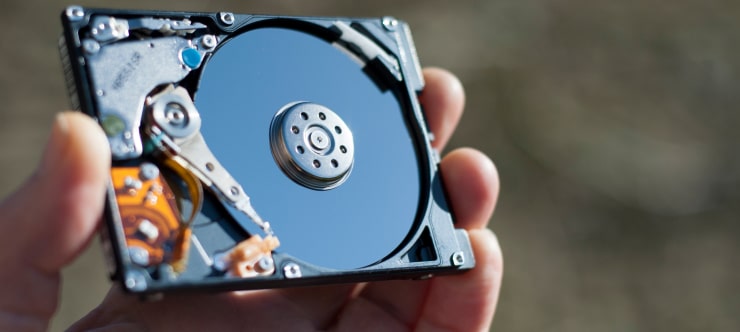
Hard Drive Data Recovery
Recover data from all brands of HDD, PC hard drives, and hybrid disks. Our specialists ensure fast and secure recovery for any data loss scenario.
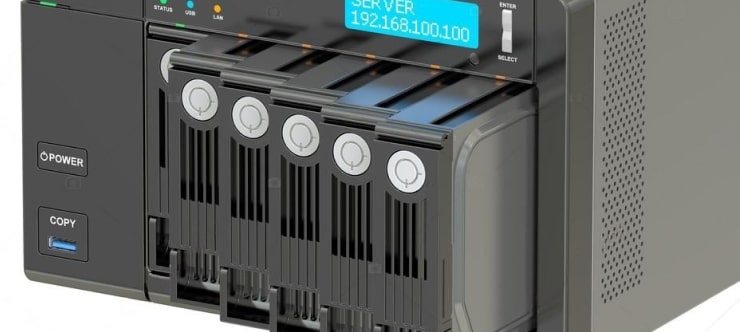
NAS Data Recovery
Recover data from NAS devices, including RAID configurations. Our team handles all types of NAS systems and ensures data recovery with minimal downtime.
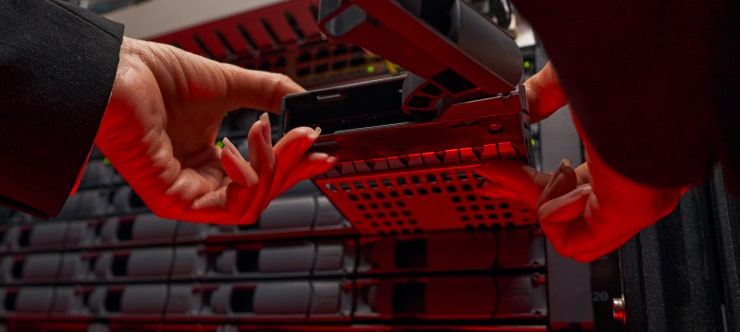
RAID Data Recovery
Our RAID data recovery services cover RAID 0, 1, 5, 10, and other configurations. We offer expert solutions for failed, degraded, or corrupted RAID arrays.
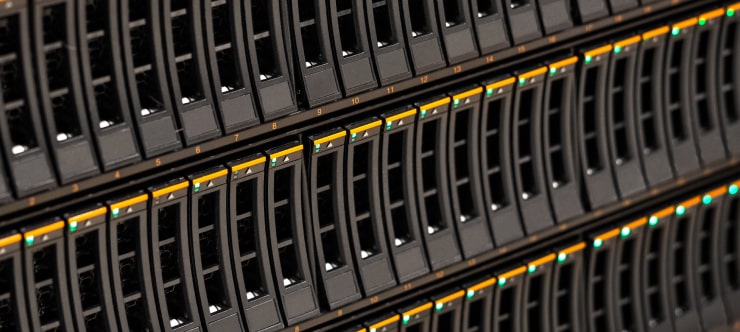
SAN Data Recovery
Our team specializes in handling SAN devices from leading manufacturers like Dell EMC, HP, and IBM, ensuring efficient recovery with minimal disruption to your operations.
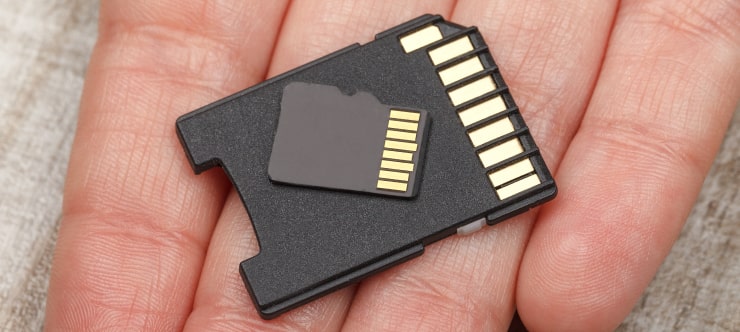
SD Card Data Recovery
Our recovery experts specialize in restoring data from SD and memory cards. We guarantee quick recovery with a no-data, no-charge policy.
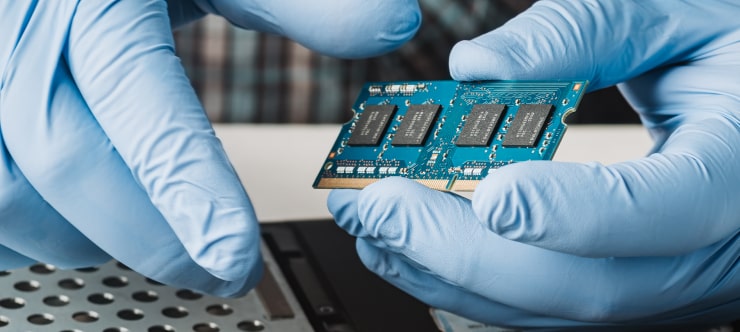
SSD Data Recovery
Our data recovery experts handle all SSD data loss scenarios with advanced tools, ensuring maximum recovery with high-security protocols.
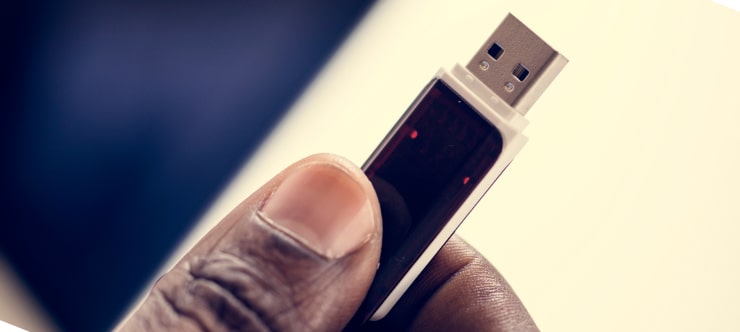
USB Flash Drive Data Recovery
Recover lost data from USB flash drives, regardless of the damage or brand. We offer free in-lab evaluations to assess data recovery needs.
If you’re unsure about which data recovery service to choose, let our team assist you in selecting the appropriate solutions. We understand the anxiety that comes with a sudden drive failure, and we are more prompt in our actions compared to other recovery service providers.



